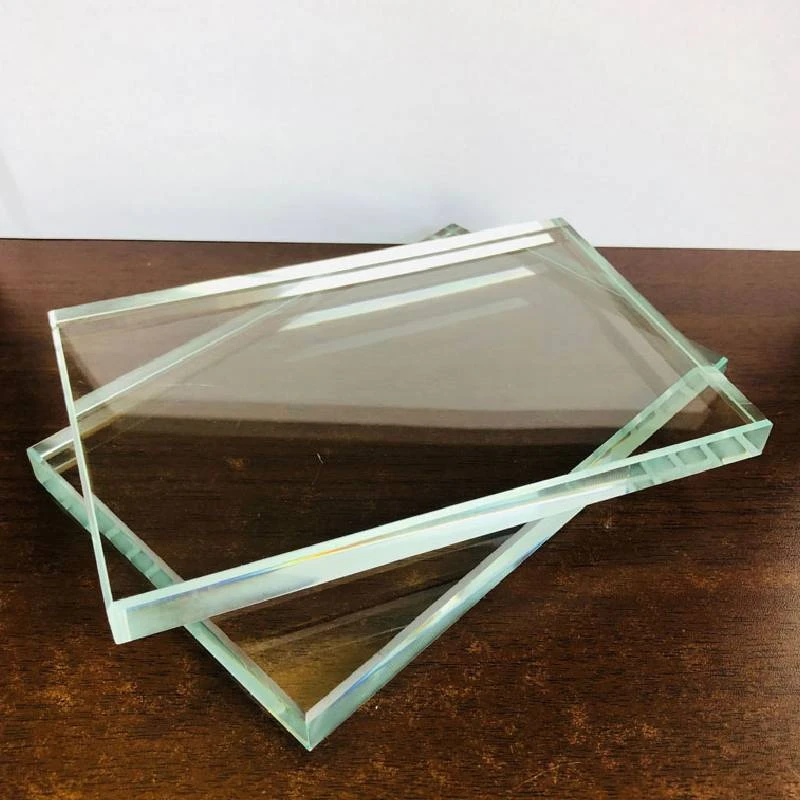When to Use Tempered Glass
Tempered glass, also known as toughened glass, is a safety glass made through a process of extreme heating and rapid cooling. This method increases its strength and makes it much more resistant to impact, thermal stress, and breakage than standard glass. Knowing when to use tempered glass can help in making informed decisions in construction, renovations, or design projects.
1. Safety and Durability
One of the primary reasons to use tempered glass is its safety features. When broken, tempered glass shatters into small, blunt pieces rather than sharp shards, reducing the risk of injury. This characteristic makes it an ideal choice for homes with children or places that frequently accommodate large groups of people, such as restaurants or public buildings. It is often used in shower doors, glass doors, and balustrades where safety is a priority.
2. High Thermal Resistance
Tempered glass is capable of withstanding extreme temperatures, making it suitable for environments where thermal shock may be an issue. It’s commonly used in applications like oven doors, stoves, and glass walls in buildings that experience significant temperature fluctuations. If you're designing a space where heat is a factor, using tempered glass can prevent the risk of cracks or shattering due to thermal stress.
3. Architectural and Aesthetic Appeal
when to use tempered glass
From a design perspective, tempered glass can enhance the aesthetic appeal of a space. Its clear and polished surface provides a modern look, making it popular in contemporary architecture. It can be used in large windows, curtain walls, and glass partitions to create a feeling of openness and light. Moreover, it is available in various finishes and treatments, allowing for customization to fit specific design requirements.
4. Compliance with Regulations
Many building codes require the use of tempered glass in specific applications. For instance, glass used in areas that are prone to impact—like entrances or near the ground—must often comply with safety regulations. Always check local building codes and regulations to ensure that you meet safety standards and avoid potential liabilities.
5. Cost Considerations
While tempered glass tends to be more expensive than regular glass due to its manufacturing process, the benefits it offers often justify the initial investment. Its durability means fewer replacements, lower maintenance costs, and enhanced safety features can ultimately save money in the long run.
In conclusion, tempered glass is an excellent choice for various applications where safety, durability, and aesthetic appeal are key considerations. By understanding the circumstances under which it is appropriate to use tempered glass, you can make better choices that ensure both beauty and functionality in your spaces. Whether in residential settings or commercial projects, the advantages of tempered glass are undeniable.
 Afrikaans
Afrikaans  Albanian
Albanian  Amharic
Amharic  Arabic
Arabic  Armenian
Armenian  Azerbaijani
Azerbaijani  Basque
Basque  Belarusian
Belarusian  Bengali
Bengali  Bosnian
Bosnian  Bulgarian
Bulgarian  Catalan
Catalan  Cebuano
Cebuano  Corsican
Corsican  Croatian
Croatian  Czech
Czech  Danish
Danish  Dutch
Dutch  English
English  Esperanto
Esperanto  Estonian
Estonian  Finnish
Finnish  French
French  Frisian
Frisian  Galician
Galician  Georgian
Georgian  German
German  Greek
Greek  Gujarati
Gujarati  Haitian Creole
Haitian Creole  hausa
hausa  hawaiian
hawaiian  Hebrew
Hebrew  Hindi
Hindi  Miao
Miao  Hungarian
Hungarian  Icelandic
Icelandic  igbo
igbo  Indonesian
Indonesian  irish
irish  Italian
Italian  Japanese
Japanese  Javanese
Javanese  Kannada
Kannada  kazakh
kazakh  Khmer
Khmer  Rwandese
Rwandese  Korean
Korean  Kurdish
Kurdish  Kyrgyz
Kyrgyz  Lao
Lao  Latin
Latin  Latvian
Latvian  Lithuanian
Lithuanian  Luxembourgish
Luxembourgish  Macedonian
Macedonian  Malgashi
Malgashi  Malay
Malay  Malayalam
Malayalam  Maltese
Maltese  Maori
Maori  Marathi
Marathi  Mongolian
Mongolian  Myanmar
Myanmar  Nepali
Nepali  Norwegian
Norwegian  Norwegian
Norwegian  Occitan
Occitan  Pashto
Pashto  Persian
Persian  Polish
Polish  Portuguese
Portuguese  Punjabi
Punjabi  Romanian
Romanian  Russian
Russian  Samoan
Samoan  Scottish Gaelic
Scottish Gaelic  Serbian
Serbian  Sesotho
Sesotho  Shona
Shona  Sindhi
Sindhi  Sinhala
Sinhala  Slovak
Slovak  Slovenian
Slovenian  Somali
Somali  Spanish
Spanish  Sundanese
Sundanese  Swahili
Swahili  Swedish
Swedish  Tagalog
Tagalog  Tajik
Tajik  Tamil
Tamil  Tatar
Tatar  Telugu
Telugu  Thai
Thai  Turkish
Turkish  Turkmen
Turkmen  Ukrainian
Ukrainian  Urdu
Urdu  Uighur
Uighur  Uzbek
Uzbek  Vietnamese
Vietnamese  Welsh
Welsh  Bantu
Bantu  Yiddish
Yiddish  Yoruba
Yoruba  Zulu
Zulu 

